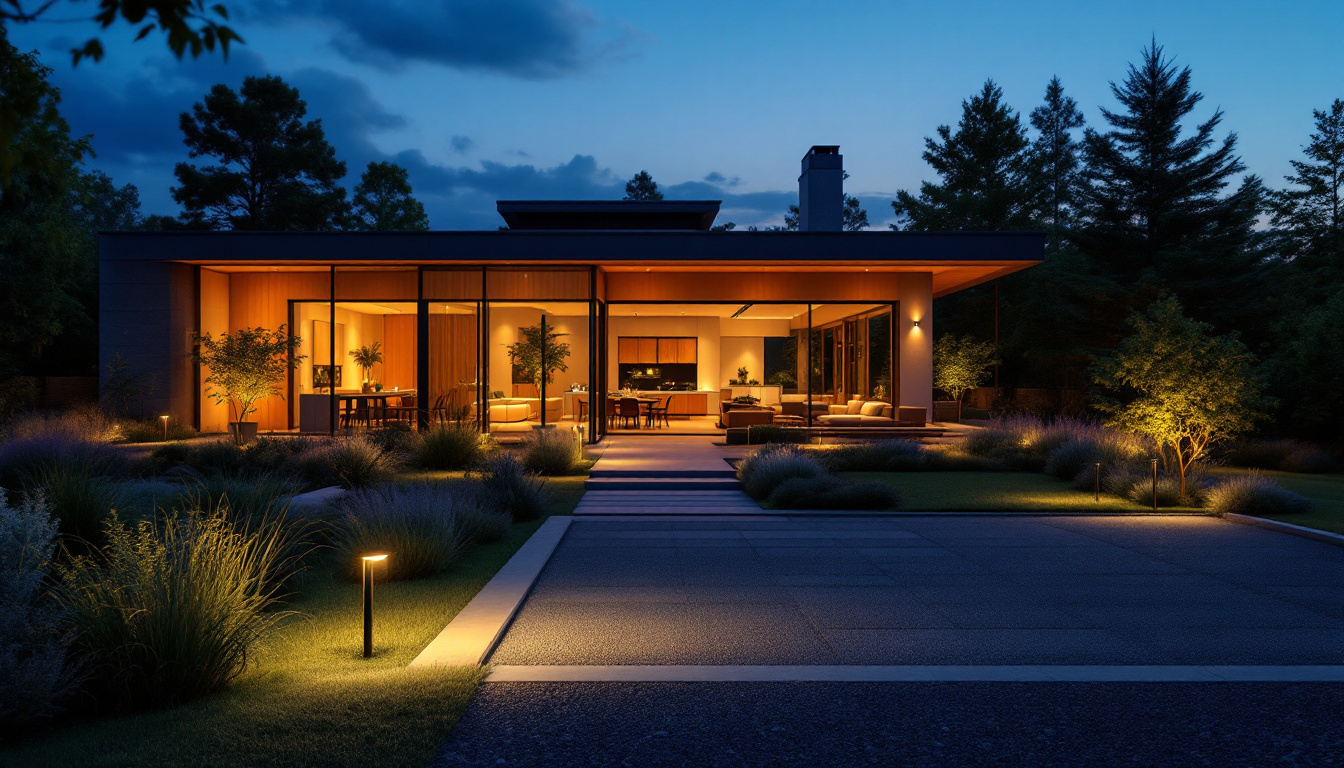
In the competitive world of lighting contracting, staying ahead of the curve is essential. One technique that can enhance efficiency and save costs is the ability to bypass a ballast. This article explores the process of bypassing a ballast and how it can provide a competitive edge for lighting contractors in their bids.
Before delving into the specifics of bypassing a ballast, it’s important to understand what a ballast is and its function within a lighting system. A ballast is an electrical device that regulates the current to lamps and provides the necessary voltage to start the lamps. It is commonly used in fluorescent lighting systems and some LED fixtures. The role of a ballast is crucial, as it ensures that the lamps operate safely and efficiently, preventing flickering and prolonging their lifespan. Without a ballast, the electrical current could surge uncontrollably, leading to premature lamp failure or even hazardous situations.
Ballasts can be either magnetic or electronic, each with its own set of advantages and disadvantages. Magnetic ballasts are typically heavier and less efficient, while electronic ballasts are lighter and offer better energy efficiency. However, both types can lead to increased maintenance costs and energy consumption over time. In addition, magnetic ballasts often produce a humming sound, which can be distracting in quiet environments, whereas electronic ballasts operate silently. Understanding these differences is essential for selecting the right ballast for specific applications, as they can significantly impact both performance and user experience.
Bypassing a ballast can be a strategic move for lighting contractors. It allows for direct wiring of LED fixtures, eliminating the need for a ballast altogether. This not only simplifies the installation process but also enhances energy efficiency by reducing power consumption. By removing the ballast, the system can operate at a lower wattage, which translates to lower electricity bills for the end user. Additionally, direct-wired LED fixtures often come with integrated drivers that are specifically designed to optimize the performance of the LEDs, ensuring consistent brightness and color temperature.
Moreover, bypassing a ballast can lead to longer fixture lifespans, as LED lights are less prone to overheating compared to traditional fluorescent lamps. This can be a significant selling point when bidding for projects, as clients are increasingly focused on sustainability and long-term cost savings. Furthermore, the reduced complexity of the wiring system can lead to fewer points of failure, thereby decreasing the likelihood of maintenance issues. As the lighting industry continues to evolve, the trend towards ballast bypassing is likely to gain momentum, encouraging more contractors to adopt this practice and educate their clients on the benefits of modern lighting solutions.
Bypassing a ballast may seem daunting at first, but with the right knowledge and tools, it can be accomplished safely and effectively. Below are the steps lighting contractors can follow to bypass a ballast in a typical fluorescent fixture.
Before starting the bypass process, it is crucial to gather all necessary tools and materials. This typically includes wire cutters, wire strippers, electrical tape, and a voltage tester. Additionally, having replacement LED tubes on hand will ensure a smooth transition once the ballast is bypassed. It’s also wise to have a flashlight nearby, as some fixtures may be located in dimly lit areas, making it difficult to see the wiring and connections clearly.
Safety should always be the top priority when working with electrical systems. Before beginning any work, ensure that the power to the fixture is turned off at the circuit breaker. Use a voltage tester to confirm that no electricity is flowing to the fixture. This step is essential to prevent any electrical hazards during the bypass process. Additionally, consider using lockout/tagout procedures to ensure that the circuit cannot be accidentally turned back on while you are working, providing an extra layer of safety.
Once the power is off, carefully remove the existing fluorescent fixture from the ceiling or wall. This may involve unscrewing the fixture and disconnecting the wiring. Take note of how the existing wiring is connected, as this will be important for the bypass process. It can be helpful to take a photo of the wiring setup before disconnection, serving as a reference point during reinstallation.
After removing the fixture, inspect the ballast. It will typically be a rectangular box located within the fixture. Disconnect the wires leading to the ballast, ensuring to follow any labeling or color coding to avoid confusion later. If the ballast appears damaged or corroded, it may be a good opportunity to examine the overall condition of the fixture and consider any additional upgrades or repairs that may enhance its performance. Furthermore, while working with the wiring, be mindful of any sharp edges or components that could cause injury, and use gloves if necessary to protect your hands.
With the ballast removed, the next step is to wire the LED tubes directly to the fixture. This process can vary slightly depending on the type of LED tubes being used, so it is important to follow the manufacturer’s instructions closely.
For most LED tubes designed for ballast bypass, the wiring is relatively straightforward. Typically, the two wires from the power source will connect directly to the LED tube sockets. Depending on the design, this may involve connecting the live wire to one end of the tube and the neutral wire to the other end.
Ensure that all connections are secure and insulated with electrical tape to prevent any short circuits. Double-check the wiring against the manufacturer’s specifications to confirm that it is correct.
Once the wiring is complete, it’s time to install the LED tubes into the fixture. Carefully insert the tubes into the sockets, ensuring they are seated properly. This step is crucial, as improper installation can lead to flickering or failure of the lights.
After the tubes are installed, it’s advisable to perform a visual inspection of the fixture to ensure everything is in place and secure before restoring power.
With the LED tubes installed and the wiring complete, it’s time to test the new setup. This step is vital to ensure that everything is functioning as intended.
Return to the circuit breaker and restore power to the fixture. Once the power is back on, activate the light switch to see if the LED tubes illuminate properly. If they do, congratulations! The ballast has been successfully bypassed.
If the lights do not turn on, it may be necessary to double-check all wiring connections and ensure that the LED tubes are compatible with the fixture. Troubleshooting at this stage is essential to identify any issues that may have arisen during installation.
Once the lights are working, take a moment to evaluate their performance. LED tubes should provide bright, even illumination without flickering. If any issues arise, it may be necessary to revisit the wiring or consult the manufacturer’s instructions for troubleshooting tips.
Bypassing a ballast not only simplifies the installation process but also offers several benefits that can help lighting contractors win more bids.
One of the most significant advantages of bypassing a ballast is the potential for cost savings. LED lighting is known for its energy efficiency, which translates to lower electricity bills for clients. By presenting this information during the bidding process, contractors can appeal to clients looking to reduce operational costs.
Additionally, the reduced maintenance requirements associated with LED lighting can further enhance the appeal. Clients are often drawn to solutions that offer long-term savings and minimal upkeep.
LED lights have a longer lifespan compared to traditional fluorescent lamps. By bypassing the ballast, contractors can provide clients with a lighting solution that not only performs better but also lasts longer. This can be a key selling point when bidding for projects, as clients are increasingly focused on sustainability and durability.
Furthermore, the performance of LED lights, such as improved color rendering and instant on capabilities, can enhance the overall quality of the lighting in any space.
In a competitive market, having the ability to offer ballast-bypassed LED lighting can set a contractor apart from others. Clients are often looking for innovative solutions that not only meet their needs but also exceed their expectations. By showcasing expertise in bypassing ballasts, contractors can position themselves as knowledgeable professionals who are committed to providing the best possible solutions.
Additionally, including the benefits of energy efficiency and cost savings in proposals can make bids more attractive to potential clients, increasing the likelihood of winning contracts.
Bypassing a ballast is a valuable skill for lighting contractors that can lead to increased efficiency, cost savings, and enhanced performance for clients. Understanding the process and benefits of this technique can provide a competitive edge in the bidding process.
As the lighting industry continues to evolve, staying informed about new technologies and installation techniques will be crucial for success. By embracing methods like ballast bypassing, contractors can not only improve their own practices but also contribute to a more sustainable future in lighting.
Ultimately, the ability to bypass a ballast can help lighting contractors win more bids, ensuring their continued growth and success in a dynamic market.
Ready to take your lighting projects to the next level? At LumenWholesale, we provide lighting contractors like you with the high-quality, spec-grade lighting products you need to stay competitive and efficient. Say goodbye to unnecessary markups and hello to our unbeatable wholesale prices. Our extensive selection not only meets but exceeds industry standards, ensuring that every installation shines with reliability and performance. Plus, with free shipping on bulk orders, you can stock up on superior lighting solutions without worrying about hidden fees. Don’t let outdated equipment dim your potential. Elevate your lighting game and give your clients the cost-effective, long-lasting brilliance they deserve. Wholesale Lighting at the Best Value is just a click away—experience the LumenWholesale difference now!

Discover the transformative power of outdoor LED floodlights in modern lighting installations.

Discover effective strategies for training your team in the art of LED lighting with mirrors.

Discover why lighting contractors should prioritize ceiling light installations in garages.

Discover essential tips and best practices for lighting contractors when installing exit sign black fixtures.